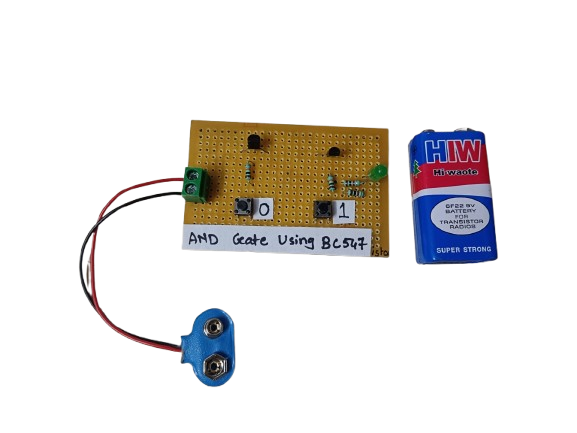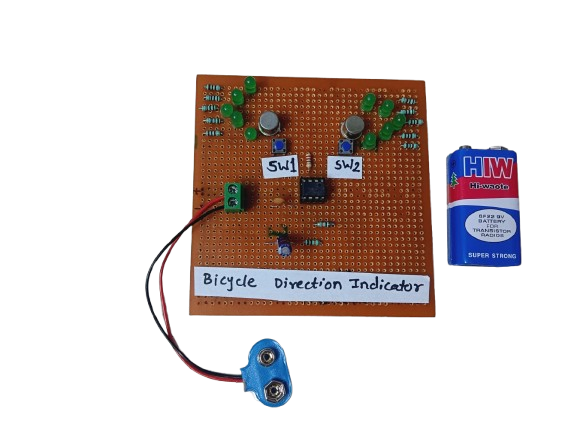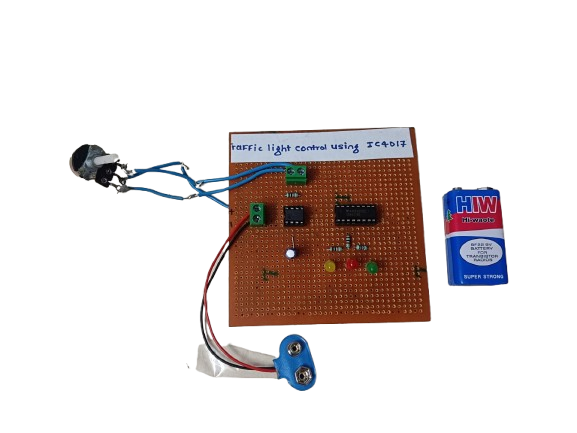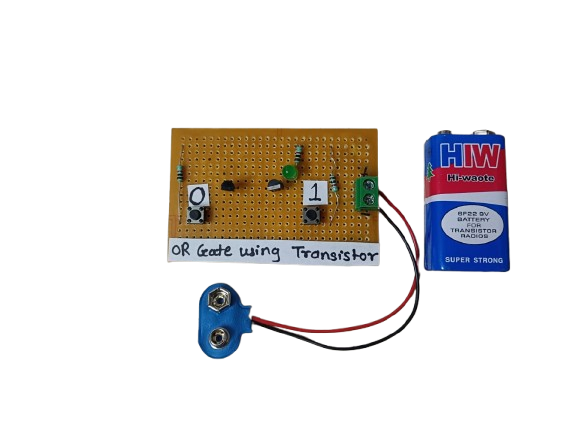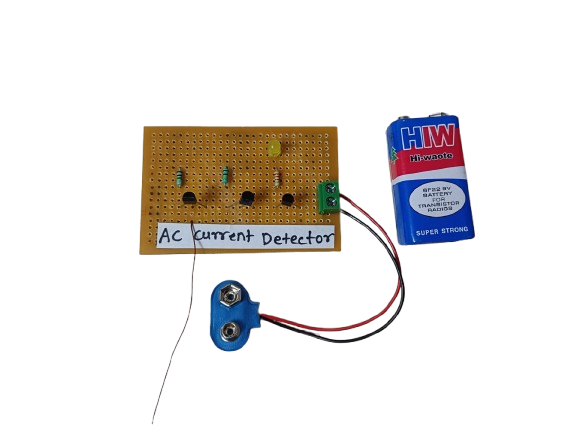Hall Effect Alarm
₹210.00
In StockA Hall Effect Alarm is a type of security or position-detection system that uses a Hall Effect sensor to detect the presence or movement of a magnet. When the magnetic field changes (such as a magnet being removed or moved), the circuit triggers an alarm (buzzer, LED, relay, etc.).
Description
The Hall Effect sensor detects magnetic fields and converts them into electrical signals. It’s commonly used in:
- Proximity sensors
- Speed sensors
- Position detectors
- Security systems
In a Hall Effect alarm system, a magnet is placed near the Hall sensor. As long as the magnet is near, the sensor maintains a stable output (either HIGH or LOW depending on sensor type). If the magnet is removed, the sensor’s output changes, which triggers an alarm, such as a buzzer or LED. This type of system is widely used in door security, lock systems, and industrial safety applications.
Applications:
1.Door or Window Alarms
1.Magnet on door, sensor on frame — removing the magnet triggers the alarm.
2.Locker or Safe Security
1.Alarm triggers when magnetic field is disturbed (indicating opening).
3.Speed or Position Sensing
1.Magnet attached to rotating object; sensor detects movement.
4.Industrial Equipment Monitoring
1.Ensures safety by detecting unexpected movement or opening.
5.Bicycle Theft Detectors
Alarm when magnetic lock is tampered.
-
An AND gate can be built using BC547 NPN transistors, a common general-purpose transistor used in digital circuits.
The circuit represents both the inputs A & B for the AND gate and Output, Q, which also has a +5V supply to the collector of the first transistor, which is connected in series to the second transistor, and an LED is connected to the emitter terminal of the second transistor. The inputs A & B are connected to the base terminal of Transistor 1 and Transistor 2, respectively, and the output Q goes to the positive terminal LED.
₹190.00





